Engineers once spent weeks optimizing designs - now AI can do it in under an hour. From predicting failures before they happen to balancing team workloads automatically, the reality of how AI can drive engineering project success is no longer futuristic.
It’s practical, powerful, and reshaping how engineering teams build, solve, and deliver - faster, smarter, and with fewer mistakes.
In this article, we will explore:
- Boost engineering success fast with these 8 AI-driven tactics
- Tailor AI to your engineering field for maximum performance
8 Game-Changing Ways AI Transforms Engineering Project Success
Artificial intelligence is transforming engineering project success at breakneck speed. With 71% of organizations now using generative AI and proven capabilities to reduce time-to-market by 50% while cutting costs by 30% in automotive and aerospace industries, the question isn't whether to adopt AI—it's how quickly you can implement it.
Here are eight transformative ways AI is revolutionizing engineering project success, complete with actionable implementation strategies that you can deploy immediately.
1. AI-Powered Design Optimization and CAD Enhancement
The game-changer: Traditional design processes that once took weeks can now be completed in hours through intelligent automation and generative design capabilities.
How to implement this breakthrough:
- Deploy generative design AI tools like Autodesk Dreamcatcher or nTopology to automatically create multiple design iterations based on your engineering constraints
- Integrate AI-driven simulation software to test structural integrity, thermal dynamics, and fluid mechanics before physical prototyping
- Implement topology optimization algorithms that intelligently reduce material usage while maintaining or improving performance specifications
Your specific action plan: Integrate Siemens NX AI-powered design tools or SolidWorks AI features for automated constraint solving. These platforms can analyze thousands of design variables simultaneously, identifying optimal solutions that human engineers might miss.
Proven results: Achieve a 30-40% reduction in design iteration time while ensuring optimal material distribution and enhanced product performance.
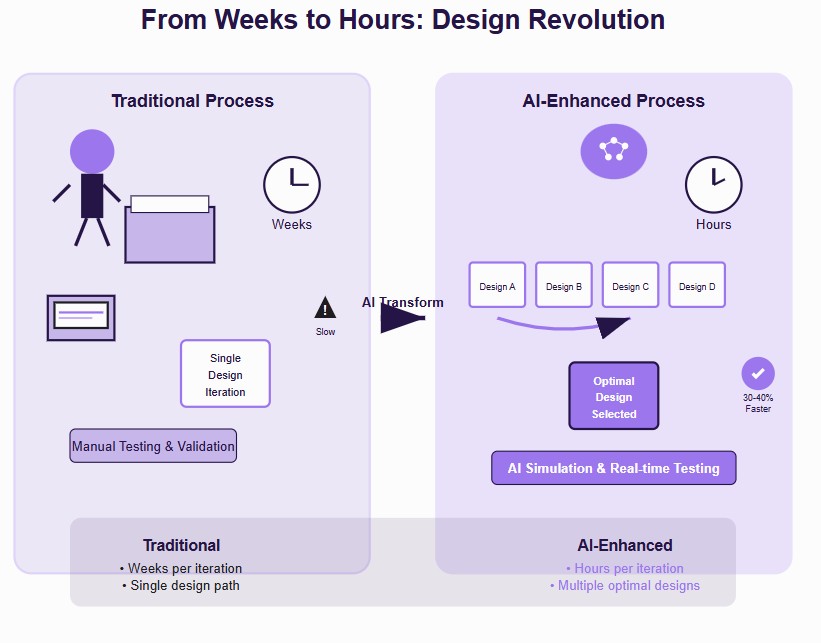
2. Predictive Maintenance and Asset Management
The revolution: Transform from reactive "fix-it-when-it-breaks" approaches to predictive "prevent-before-it-fails" strategies that save millions in downtime costs.
How to implement this transformation:
- Install IoT sensors on all critical equipment and machinery to continuously monitor performance indicators
- Deploy machine learning algorithms that analyze vibration patterns, temperature fluctuations, and performance data to identify early warning signs
- Use predictive analytics to forecast equipment failures with precision timing, allowing for planned maintenance windows
Your specific action plan: Implement industrial platforms like GE Predix or Siemens MindSphere for comprehensive asset monitoring. These systems integrate seamlessly with existing equipment and provide real-time insights into operational health.
Bottom-line impact: Achieve a 25-30% reduction in unplanned downtime while significantly extending equipment lifespan and reducing maintenance costs.
3. Real-Time Project Performance Monitoring and Quality Control
The breakthrough: Replace manual inspection processes with AI systems that detect defects with superhuman accuracy and speed.
How to implement this advancement:
- Deploy computer vision systems for automated quality inspection, including defect detection and dimensional accuracy verification
- Create AI-powered project dashboards that track engineering milestones, deliverables, and performance metrics in real-time
- Implement automated compliance checking against critical engineering standards (ISO, ASME, IEEE) to ensure regulatory adherence
Your specific action plan: Install Cognex vision systems or develop custom TensorFlow models specifically designed for your quality inspection requirements. These systems can be trained to recognize even microscopic defects that human inspectors might miss.
Quality transformation: Achieve 90 %+ defect detection accuracy with real-time compliance verification, dramatically reducing quality-related project delays.
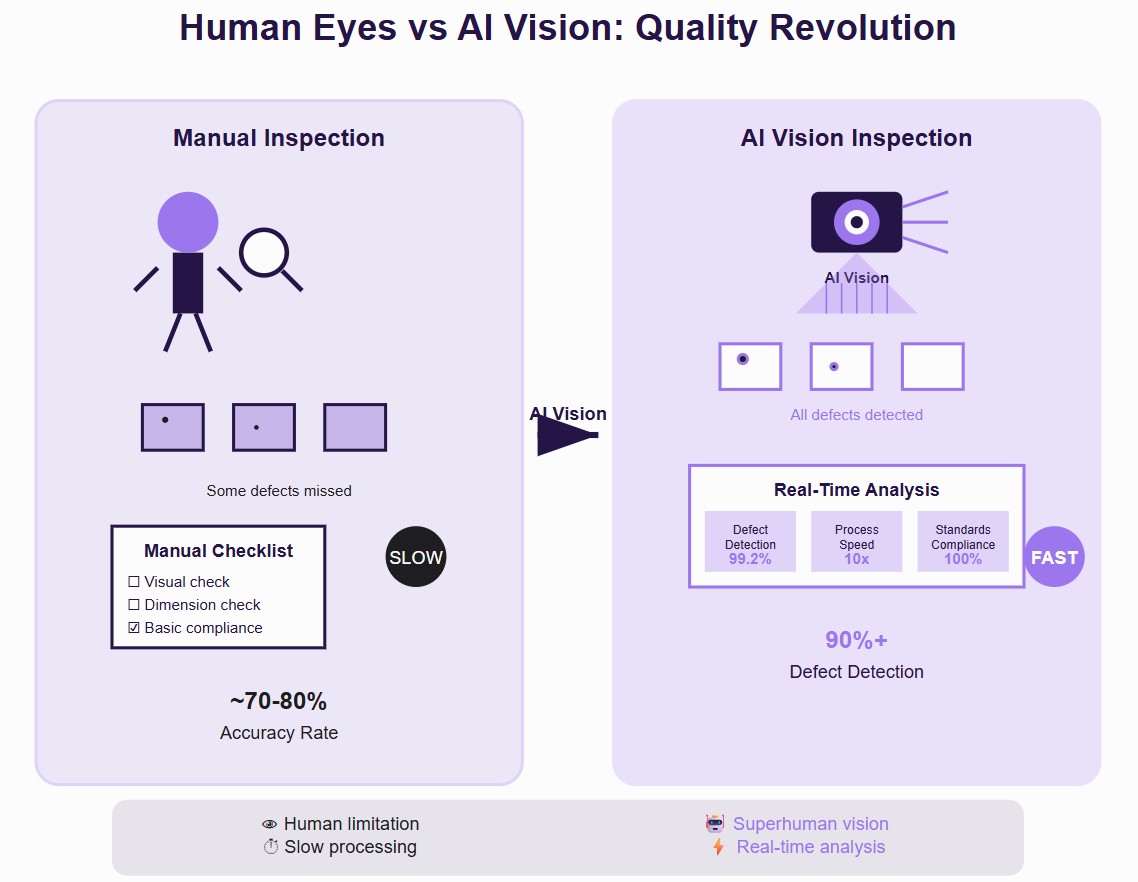
4. Intelligent Resource Allocation and Engineering Team Optimization
The innovation: Leverage AI and specialized HR project management tools to create optimal team compositions and workload distributions that maximize productivity and minimize skill gaps.
How to implement this optimization:
- Analyze engineer skill sets and project requirements using machine learning algorithms that identify the perfect match between capabilities and needs
- Optimize team composition based on technical expertise, project complexity, and historical performance data
- Use AI to balance workloads across engineering disciplines (mechanical, electrical, software), ensuring no team is over- or under-utilized
Your specific action plan: Deploy workforce analytics platforms like Humanyze or develop custom Python-based skill-matching algorithms that consider both technical competencies and soft skills for optimal team assembly.
Team performance boost: Experience a 20-25% improvement in team productivity while significantly reducing skill gaps and project bottlenecks.
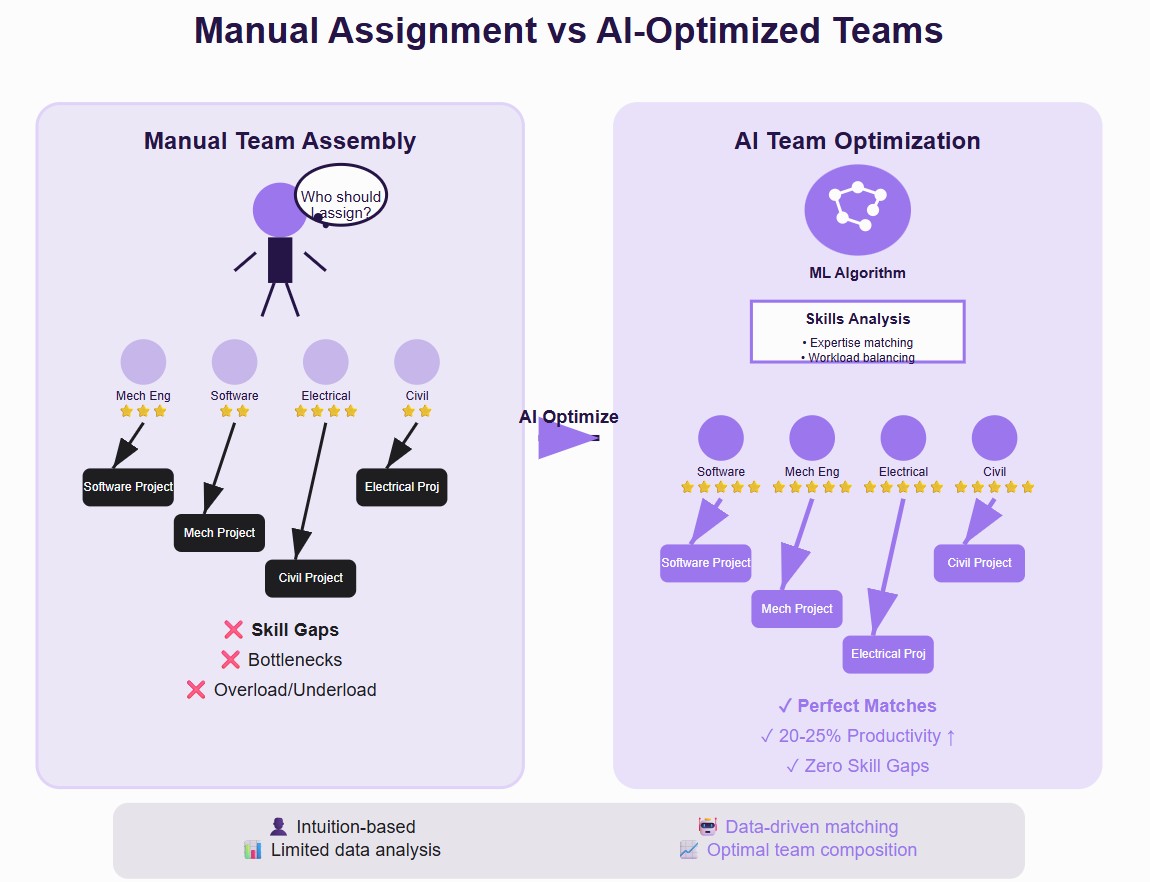
5. Automated Documentation and Engineering Change Management
The efficiency leap: Transform documentation from a time-consuming burden into an automated process that enhances project traceability and compliance.
How to implement this transformation:
- Use Natural Language Processing (NLP) to automatically generate comprehensive technical documentation directly from design files and specifications
- Implement AI-powered change impact analysis that instantly assesses how modifications will affect interconnected systems
- Deploy automated version control and configuration management systems that track every change with precision
Your specific action plan: Integrate Product Lifecycle Management (PLM) systems like PTC Windchill or Siemens Teamcenter with advanced AI documentation tools that can interpret engineering data and generate human-readable reports.
Efficiency breakthrough: Achieve a 50% reduction in documentation time while improving change traceability and reducing documentation errors.
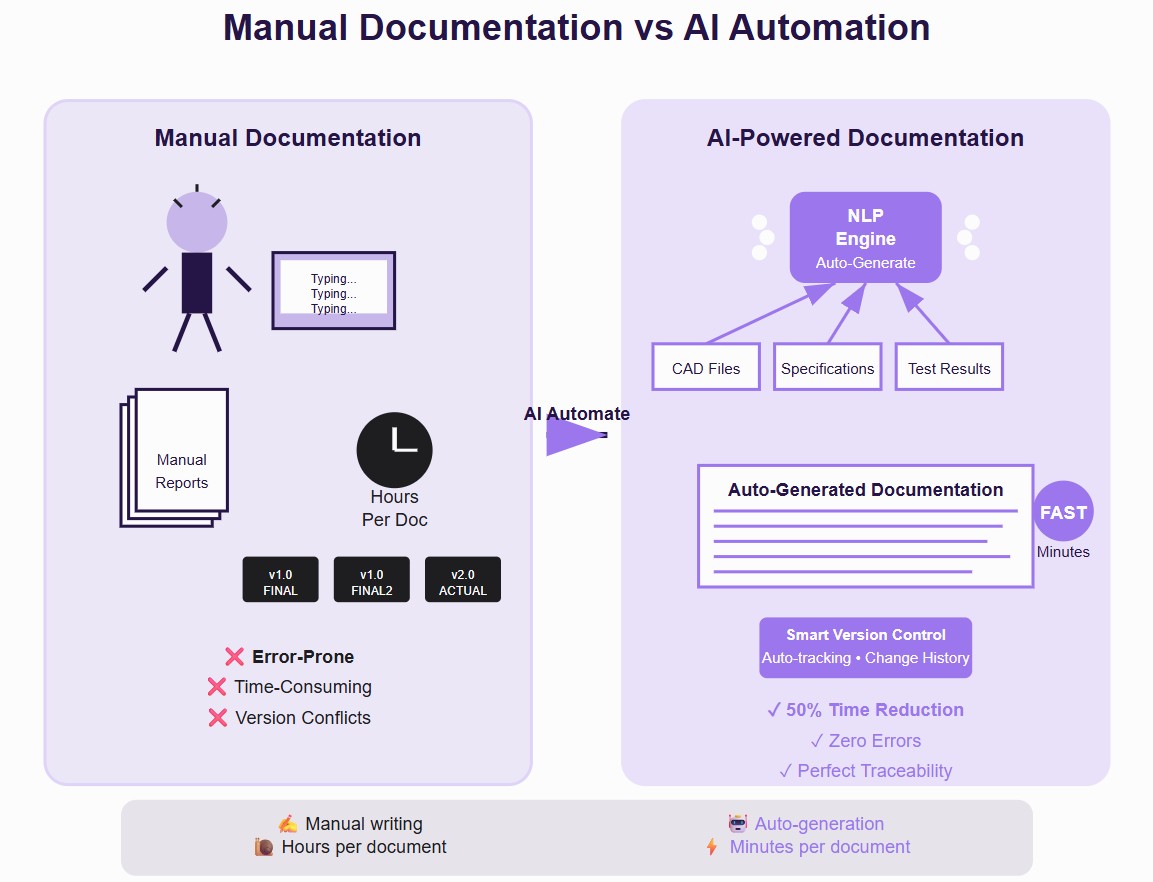
6. Supply Chain and Procurement Optimization for Engineering Materials
The strategic advantage: Predict material needs with unprecedented accuracy and optimize supplier relationships for maximum efficiency and cost savings.
How to implement this optimization:
- Use AI to predict material requirements based on detailed project timelines, specifications, and historical consumption patterns
- Implement supplier performance analytics that evaluate vendors on delivery reliability, quality consistency, and cost effectiveness
- Deploy predictive logistics to ensure just-in-time delivery of engineering components, reducing inventory costs and storage requirements
Your specific action plan: Implement SAP Ariba with AI modules or create custom procurement analytics dashboards that provide real-time visibility into supply chain performance and potential disruptions.
Cost optimization: Achieve 15-20% cost reduction in material procurement while dramatically improving material availability and reducing project delays.
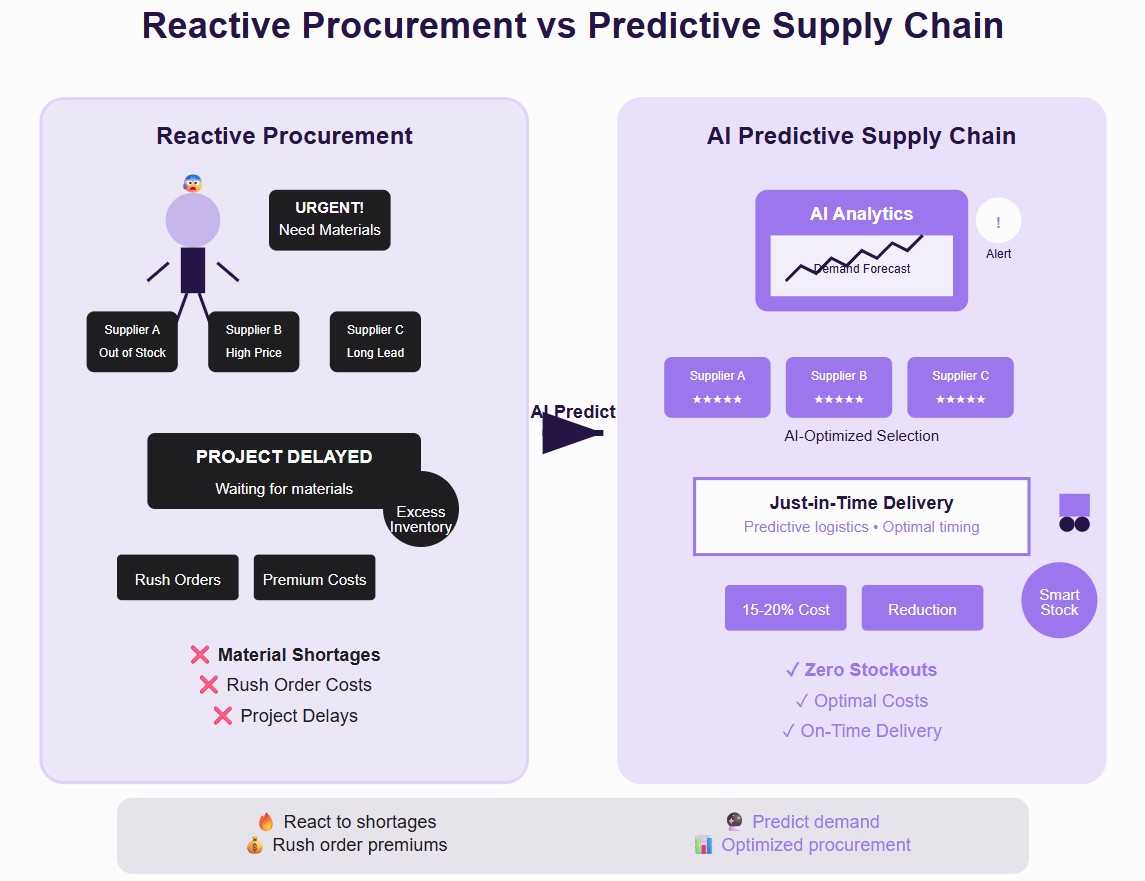
7. Risk Assessment and Safety Management in Engineering Projects
The safety revolution: Move from reactive safety management to proactive risk prevention using AI's pattern recognition capabilities.
How to implement this safety transformation:
- Deploy AI models that analyze historical incident data to identify safety patterns and predict potential hazards before they occur
- Use computer vision for real-time safety monitoring on engineering sites, automatically detecting unsafe conditions or behaviors
- Implement predictive risk models for structural, electrical, and mechanical systems that can forecast potential failures
Your specific action plan: Install safety monitoring systems like Smartvid.io or implement custom OpenCV-based safety detection systems that continuously monitor work environments and alert teams to potential risks.
Measurable engineering outcome: Achieve a 40-50% reduction in safety incidents through proactive risk mitigation and enhanced safety protocol compliance.
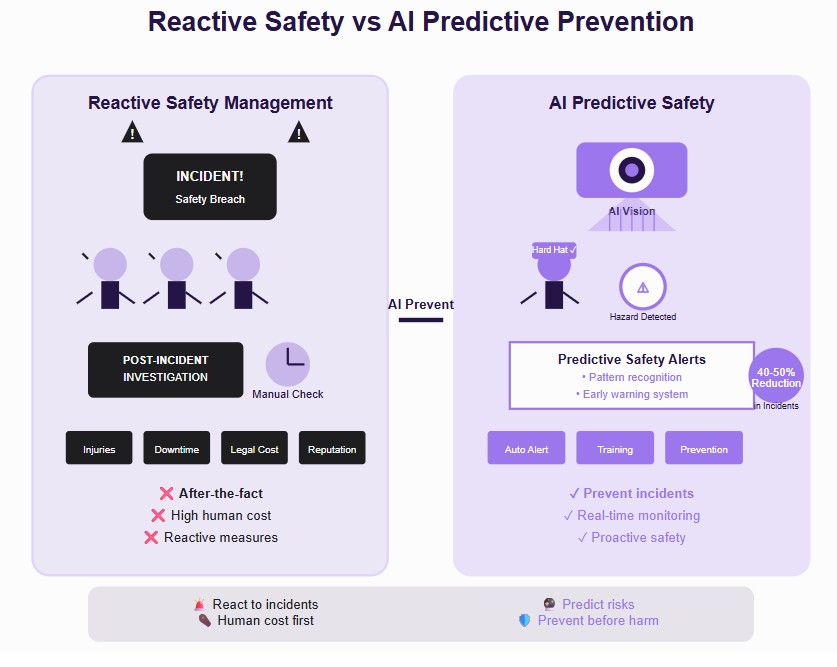
8. Engineering Performance Analytics and Continuous Improvement
The insight advantage: Transform raw project data into actionable intelligence that drives continuous improvement and strategic decision-making.
How to implement this analytics revolution:
- Create AI-powered engineering KPI dashboards that track design efficiency, testing success rates, and delivery timelines with granular detail
- Use machine learning to identify process bottlenecks and optimization opportunities that might not be apparent through traditional analysis
- Implement automated reporting for engineering project metrics and outcomes that provide stakeholders with real-time visibility
Your specific action plan: Deploy business intelligence platforms like Tableau or Power BI integrated with custom engineering analytics models that can process complex engineering data and generate actionable insights.
Measurable engineering outcome: Enable data-driven decision making with continuous process optimization using advanced project management software for product development that improves outcomes over time.
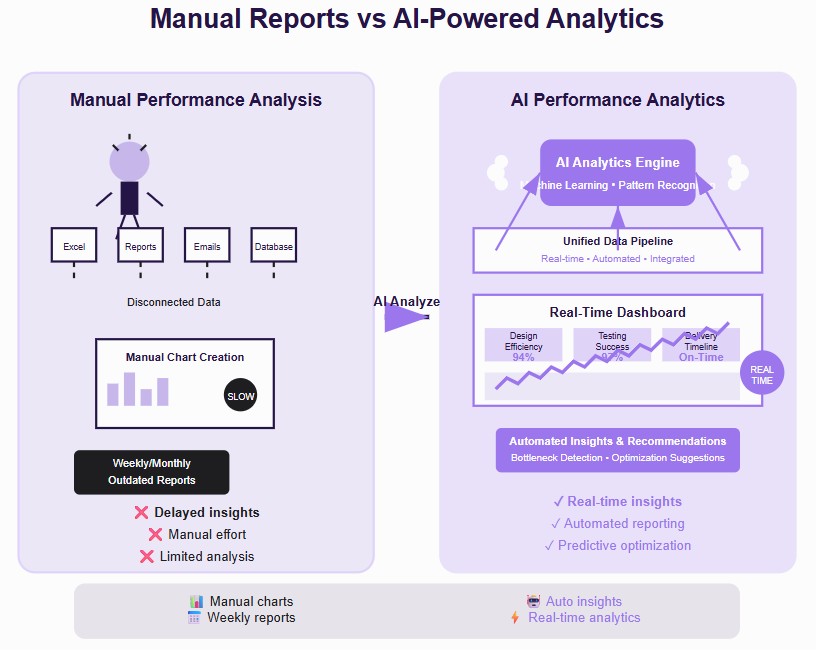
Engineering success in 2025 and beyond belongs to organizations that implement these eight transformative strategies with speed, precision, and strategic focus.
Transforming Every Branch: How AI Powers Different Engineering Disciplines
Artificial Intelligence isn’t a one-size-fits-all solution - it adapts and thrives within the unique demands of every engineering discipline. Whether you’re building skyscrapers, refining turbines, writing code, or optimizing electrical systems, AI is redefining how engineers work, innovate, and deliver.
Below, we break down how AI is being applied across five key engineering domains, showcasing the most powerful use cases and outcomes.
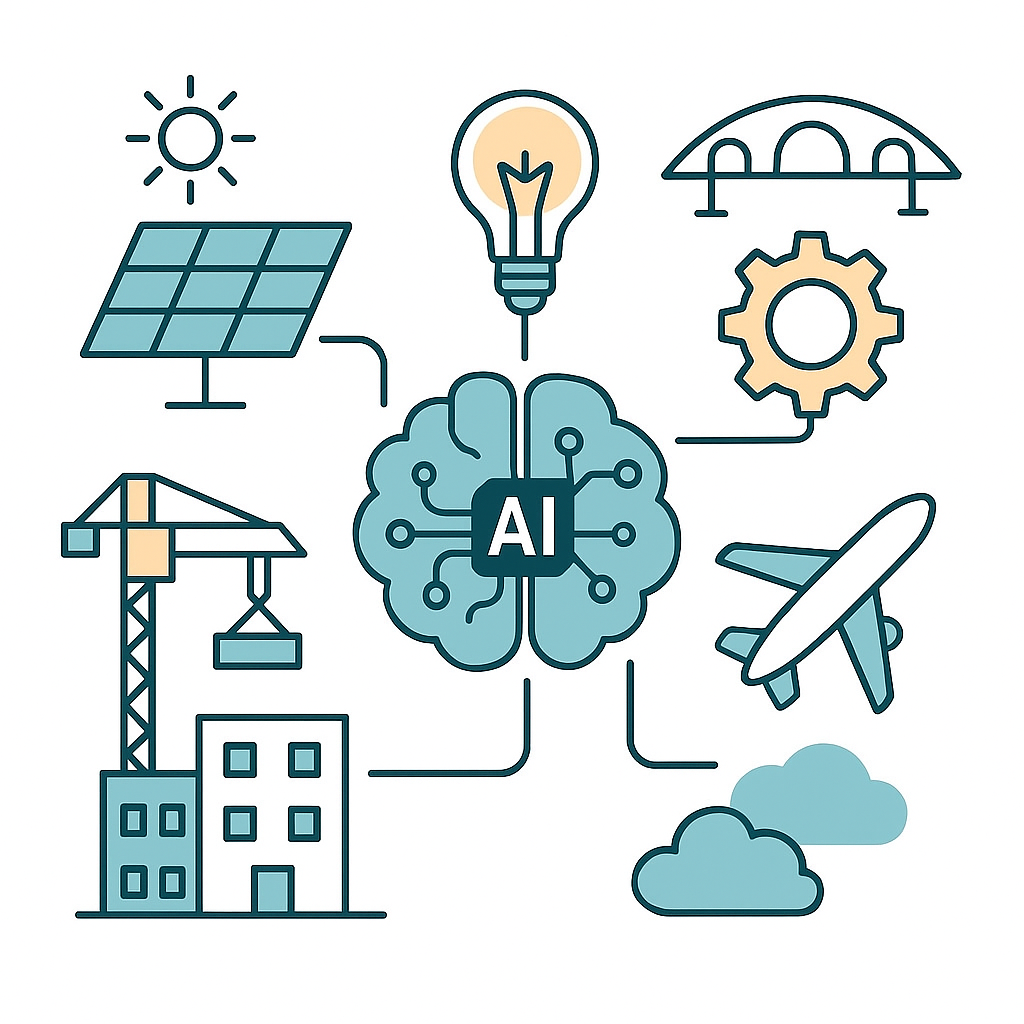
Civil Engineering: Smart Infrastructure and Construction AI
In civil engineering, AI is laying the foundation for smarter, safer, and more sustainable infrastructure.
- Smart construction sites use AI-powered computer vision to detect safety hazards in real time, preventing injuries and project delays.
- Generative design algorithms are helping architects and civil engineers create more structurally efficient bridges, tunnels, and high-rises by analyzing environmental constraints and usage patterns.
- AI also powers predictive maintenance in infrastructure, analyzing vibration and load data to detect early signs of structural fatigue in bridges or highways.
Impact: Reduced construction costs, improved worker safety, and faster project delivery thanks to real-time insights and automated oversight.
Mechanical Engineering: Manufacturing Optimization and Robotics
AI is revolutionizing mechanical engineering by enabling hyper-efficient design, precision manufacturing, and smarter robotics.
- Machine learning algorithms fine-tune CNC machines and production lines for maximum efficiency and minimal waste.
- In robotics, AI helps autonomous machines adapt to changing environments in real time - crucial for applications like industrial automation or surgical robotics.
- AI also aids in thermal and stress simulations, identifying weak points in prototypes before they're ever built.
Impact: Up to 30% increase in production efficiency, reduced rework, and accelerated product-to-market timelines.
Electrical Engineering: Grid Optimization and IoT Integration
The backbone of modern life - power systems and electronics is being reimagined with AI.
- AI models forecast energy demand and balance grid loads to reduce outages and improve sustainability, especially in smart cities.
- IoT sensor data combined with AI enables predictive maintenance for transformers, substations, and embedded systems.
- AI also helps design efficient circuit layouts and optimize signal paths in complex PCB and microchip designs.
Impact: Enhanced energy efficiency, smarter grid reliability, and cost-effective system designs in both industrial and consumer electronics.
Software Engineering: Code Generation and Testing Automation
Software engineers now have AI-powered copilots that accelerate development without compromising quality.
- Tools like GitHub Copilot and Amazon CodeWhisperer help developers write clean, efficient code faster by suggesting entire blocks or functions based on context.
- AI-driven test automation platforms identify edge cases, create unit tests, and simulate user behavior, reducing manual QA cycles.
- Machine learning also enhances bug prediction and resolution, allowing teams to address vulnerabilities before they escalate.
Impact: Boost in developer productivity, fewer bugs in production, and faster release cycles for software-driven products.
Aerospace Engineering: Flight Simulation and Design Optimization
AI is helping aerospace engineers achieve what was once impossible—faster, safer, and more efficient aircraft design and operation.
- AI enhances flight simulation models, incorporating real-time environmental data to train pilots and test aircraft performance under extreme conditions.
- Generative design tools are optimizing components like wings, turbines, and fuselage structures for aerodynamic performance and weight reduction.
- Predictive analytics support maintenance planning for aircraft fleets, reducing costly downtime and improving safety compliance.
Impact: Shorter development timelines, up to 20% weight savings on components, and safer, more efficient air travel through predictive risk management.
Scale Smarter, Build Faster, and Engineer With Confidence
Engineering teams worldwide are already accelerating timelines, reducing costs, and improving quality by embedding AI into every phase of their workflow. Whether it’s optimizing designs, forecasting risks, or streamlining documentation, the results speak for themselves.
To stay competitive, it’s time to shift from traditional processes to intelligent automation - so you can build smarter, scale faster, and deliver engineering success with absolute confidence.


.png)
_light%201.png)





